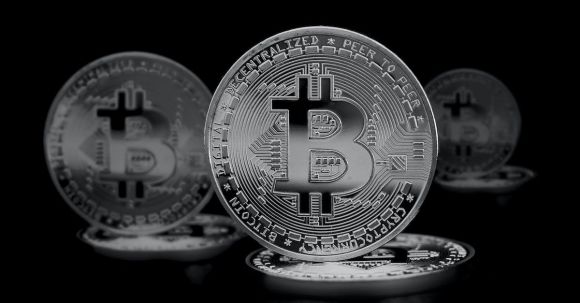The world of cryptocurrencies is constantly evolving, with new digital assets being introduced regularly. One such asset that has gained significant attention in recent years is Ripple’s XRP. This digital currency, created by Ripple Labs, has been making waves in the financial industry and is poised to become the digital asset of the future.
What sets XRP apart from other cryptocurrencies is its focus on real-world utility. While many digital assets are primarily used for speculative investment purposes, XRP aims to revolutionize the way money is transferred across borders. With its fast transaction times and low fees, XRP has the potential to disrupt the traditional banking system and make cross-border payments more efficient.
Fast and Efficient Transactions
One of the main advantages of XRP is its lightning-fast transaction speed. Unlike other cryptocurrencies like Bitcoin, which can take several minutes or even hours to complete a transaction, XRP transactions are settled in just a few seconds. This makes it ideal for real-time payments, allowing businesses and individuals to send and receive money almost instantly.
Low Transaction Fees
In addition to its speed, XRP also boasts incredibly low transaction fees. While traditional banking systems often charge high fees for international transfers, XRP transactions can be completed at a fraction of the cost. This not only benefits individuals who need to send money abroad but also businesses that rely on cross-border transactions for their operations.
Partnerships with Financial Institutions
Another factor that sets XRP apart is its strong partnerships with financial institutions. Ripple Labs has been working closely with banks and payment providers around the world to integrate XRP into their systems. This has led to increased adoption of the digital asset and has positioned XRP as a viable alternative to traditional banking methods.
One notable partnership is with MoneyGram, one of the largest money transfer companies globally. MoneyGram has integrated XRP into its payment infrastructure, allowing for faster and more cost-effective transfers. This collaboration has not only benefited MoneyGram and its customers but has also showcased the potential of XRP to transform the remittance industry.
Regulatory Compliance
In an industry that is often plagued by regulatory uncertainties, Ripple has taken a proactive approach towards compliance. Unlike some cryptocurrencies that operate in a regulatory gray area, Ripple has sought to work within existing financial regulations. This approach has helped build trust and credibility among financial institutions, further fueling the adoption of XRP.
The Future of XRP
As the financial industry continues to embrace digital transformation, the future looks bright for XRP. With its focus on real-world utility, fast transaction times, low fees, and strong partnerships, XRP is well-positioned to become the digital asset of choice for cross-border payments. Its potential to streamline financial transactions and reduce costs makes it an attractive option for both individuals and businesses.
In conclusion, Ripple’s XRP is poised to be the digital asset of the future. With its innovative features, including fast transaction times and low fees, XRP has the potential to revolutionize the way money is transferred across borders. Through its partnerships with financial institutions and commitment to regulatory compliance, Ripple has positioned XRP as a viable alternative to traditional banking methods. As the world becomes increasingly digital, XRP’s utility and efficiency make it a promising investment for those looking to navigate the evolving landscape of cryptocurrencies.
